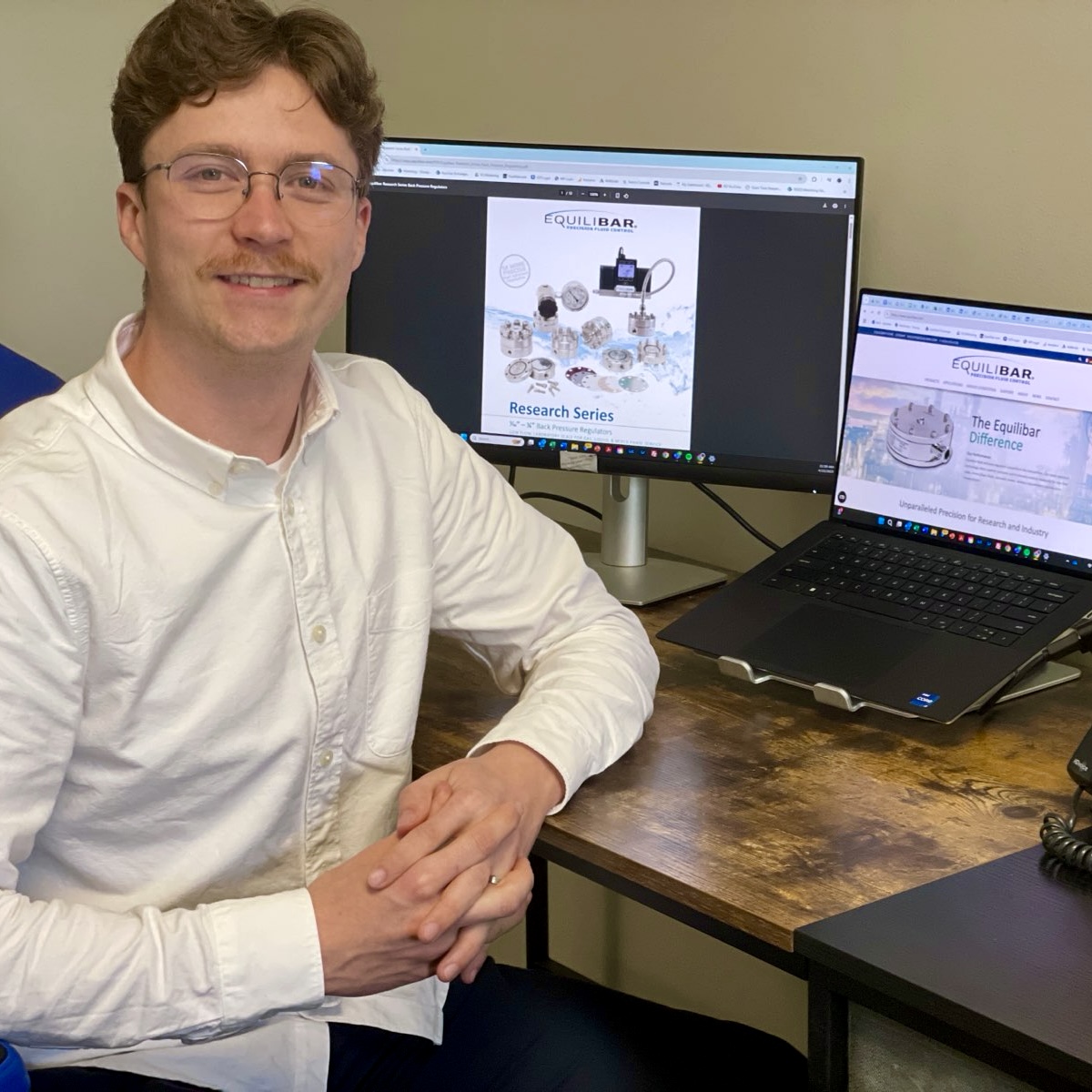Causes of Water Hammer
We believe this is a type of hydraulic resonance, similar to microphone feedback in an audio system. The Equilibar back pressure regulator functions by a delicate pressure balance on its diaphragm. When a pressure pulse strikes the BPR regulator, the diaphragm in some situations can respond with a small surge of flow (a pressure pulse). When this occurs, a resonance can become established in the downstream piping.
Factors which have been associated with water hammer:
- Long piping or tubing systems downstream
- Higher pipe velocities
- Water without the presence of gas bubbles (degassed water)
- Most instances of water hammer have been seen in the GS Series back pressure regulator
Possible Remedies to Eliminate Water Hammer
- Enlarge the diameter or shorten the length of the piping system downstream.
- Add compressibility to the downstream piping system by the addition of an air pocket or the addition of a pulsation dampener.
- The addition of an orifice or restricting valve downstream of the BPR to disrupt the resonance
- Switch to a BPR series that has an integral pulsation dampener
BPRs with Integral Pulsation Dampeners.
The NL and FDO series back pressure regulators are designed with integral pulsation dampeners to prevent the incidence of water hammer. These units have an additional bottom cap not found on other BPRs, and a second passive diaphragm is installed on the bottom cap to absorb pulsations and sonic waves. These three-piece bodies, however, are more expensive than standard 2-piece bodies.
Is the GS Series used for for Liquids?
Yes, the GS Series is frequently applied to liquid applications, and the vast majority of customers using these in liquids do not experience water hammer. A small percentage of GS liquid applications do experience this issue, however. After working with many hundreds of liquid applications over the past 10 years, we have found that the most practical approach is to install the more economical Equilibar GS Series first. If water hammer occurs (relatively rare), our engineers work with the client to suggest modifications to the piping system, and if necessary to switch to the NL Series containing the integral pulsation dampener.
What about Research Series BPRs using Liquids?
Water hammer is not normally a problem at the small flow rates typically used in our Research Series. In one rare instance, this problem was addressed by upgrading from an LF to an HF model.
What about larger BD Series using Liquids?
In theory, the BD Series would have the same susceptibility to water hammer as the GS Series. However, to date, these issues have not been a significant occurrence with these larger models.
Contact an Equilibar application engineer to discuss your application in more detail.

The NL4 Equilibar back pressure regulator comes with a pulsation dampener diaphragm installed between the main body and the lower cap.


